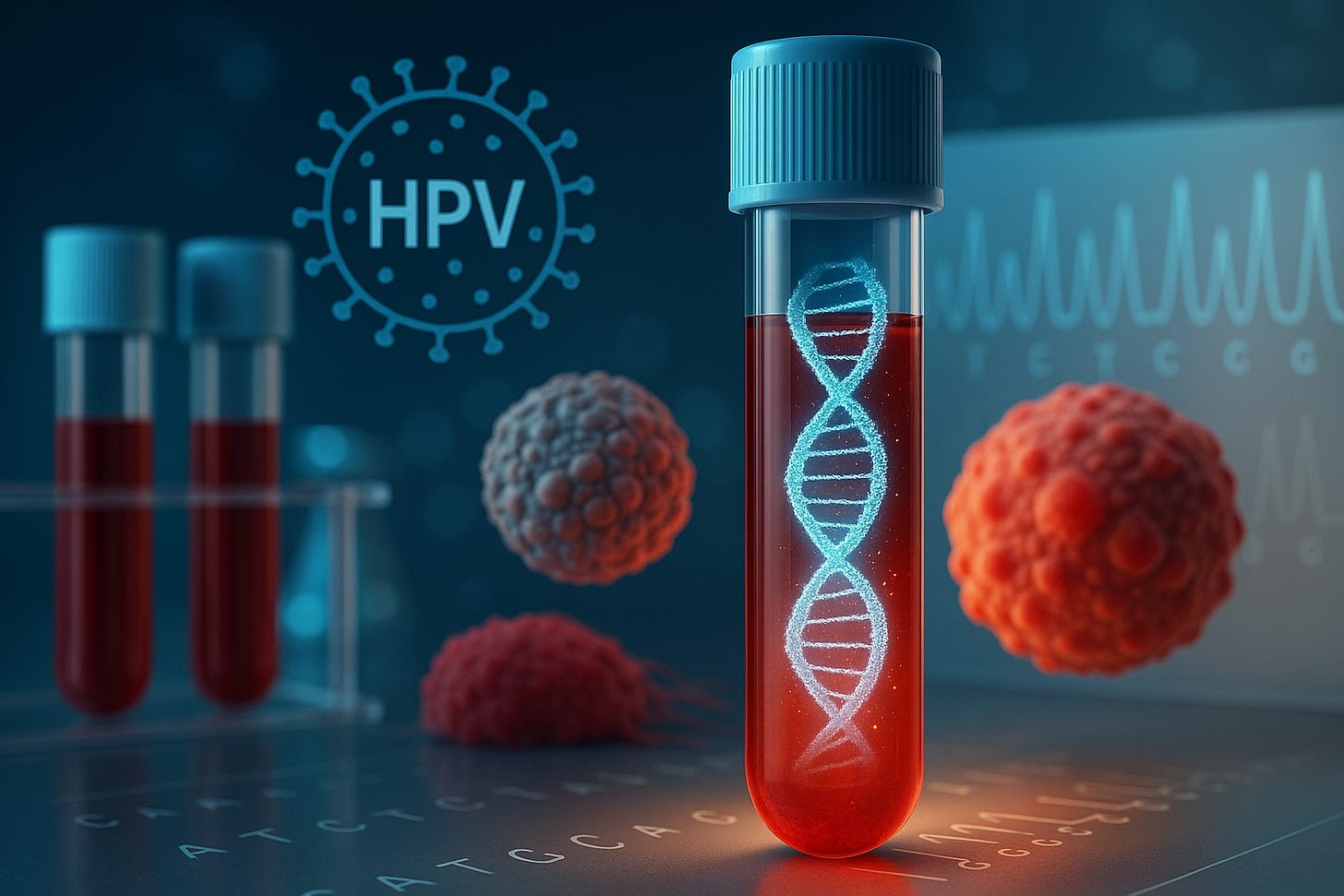Revolutionary Blood Test Detects HPV-Positive Cancer Earlier
Innovative whole-genome sequencing offers a superior alternative to biopsies for HPV-positive head and neck cancers.
Keep reading with a 7-day free trial
Subscribe to Just Healthcare to keep reading this post and get 7 days of free access to the full post archives.


